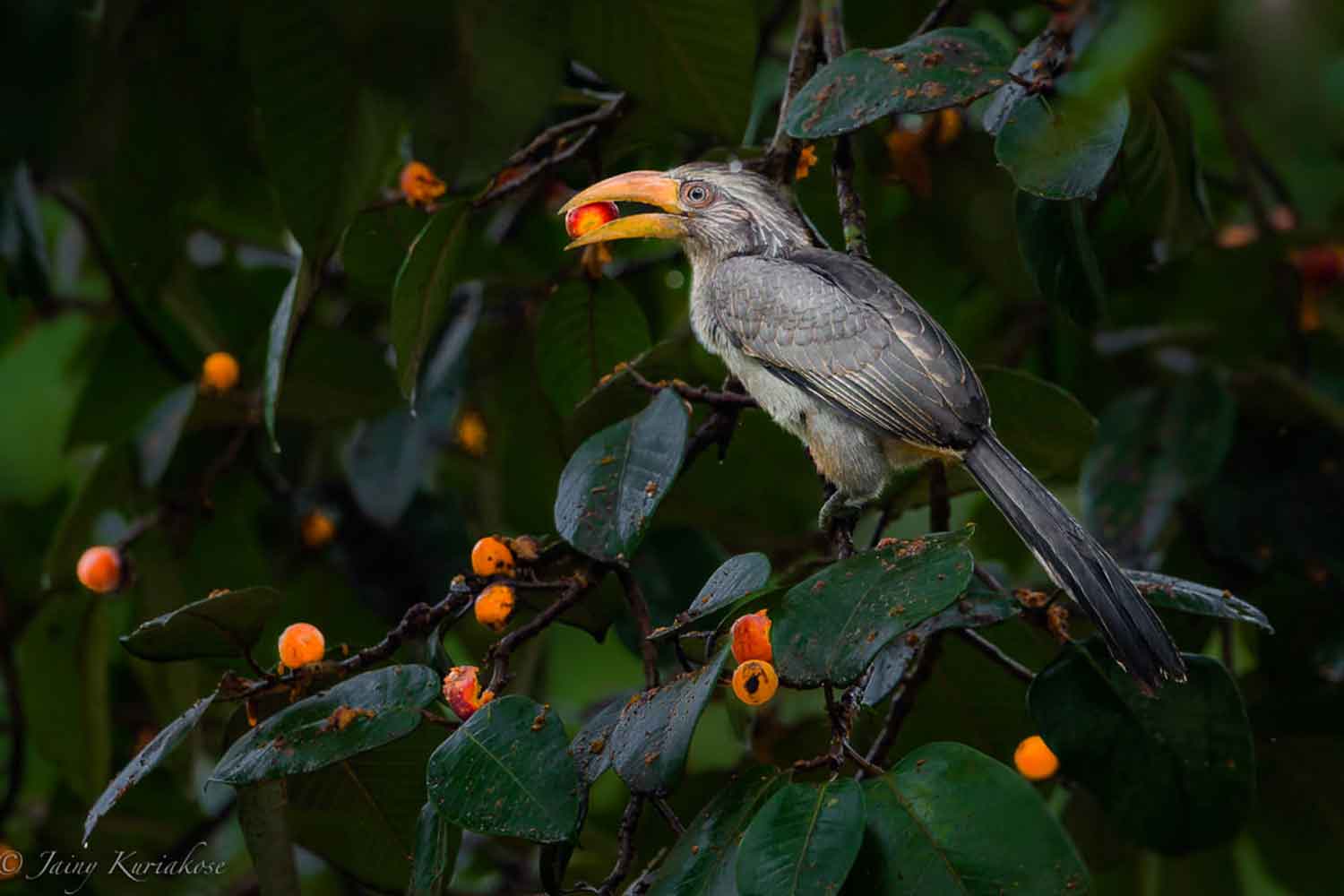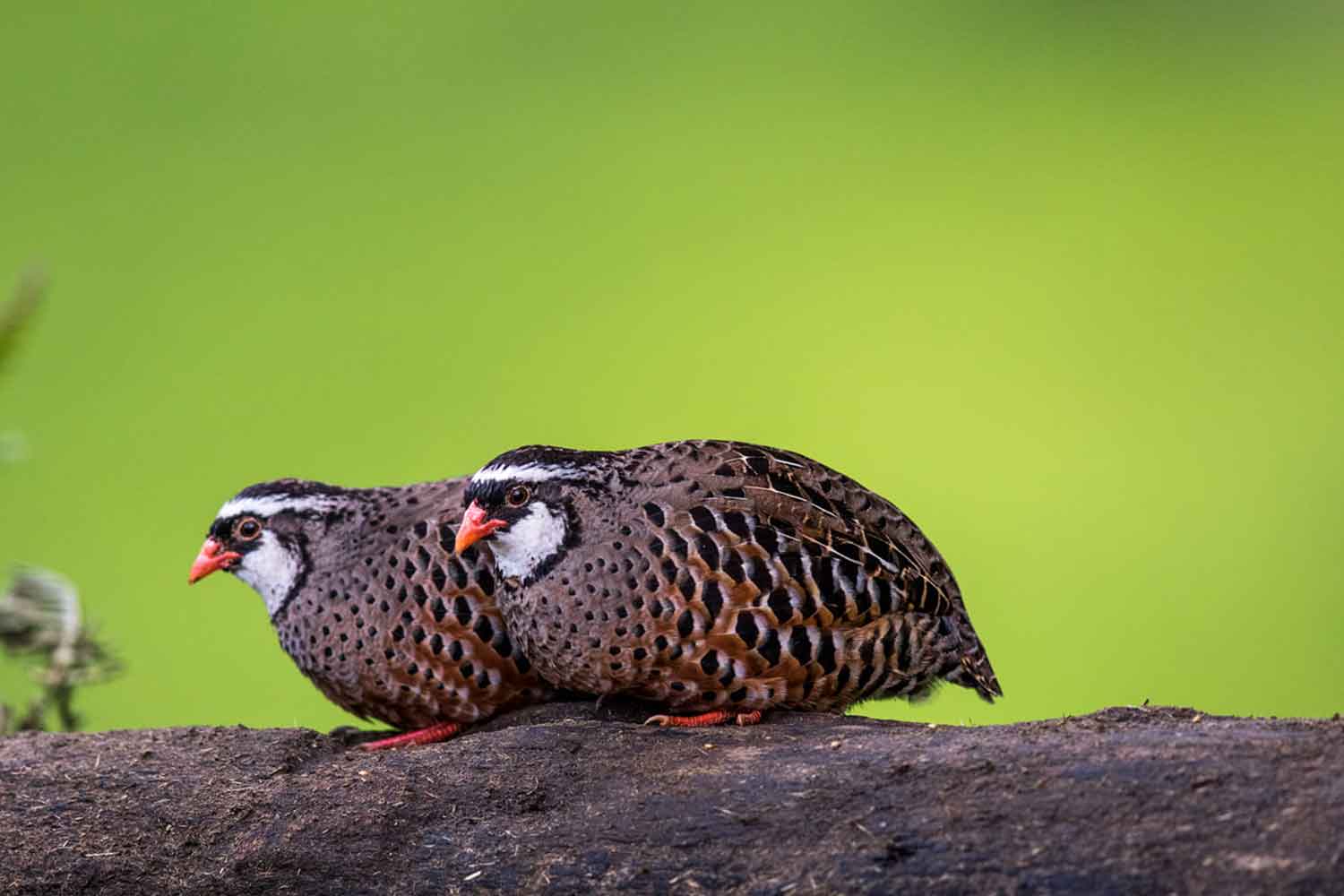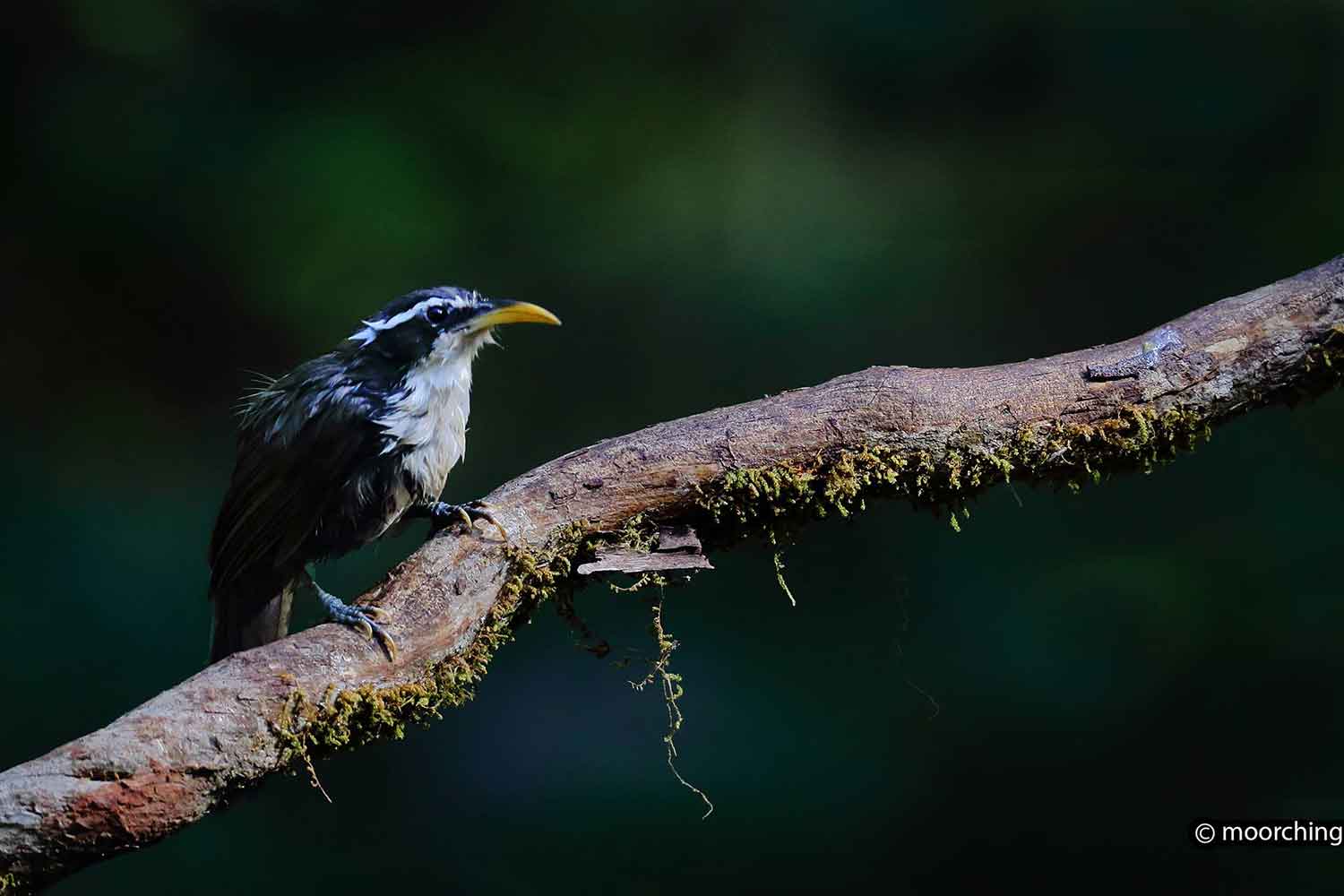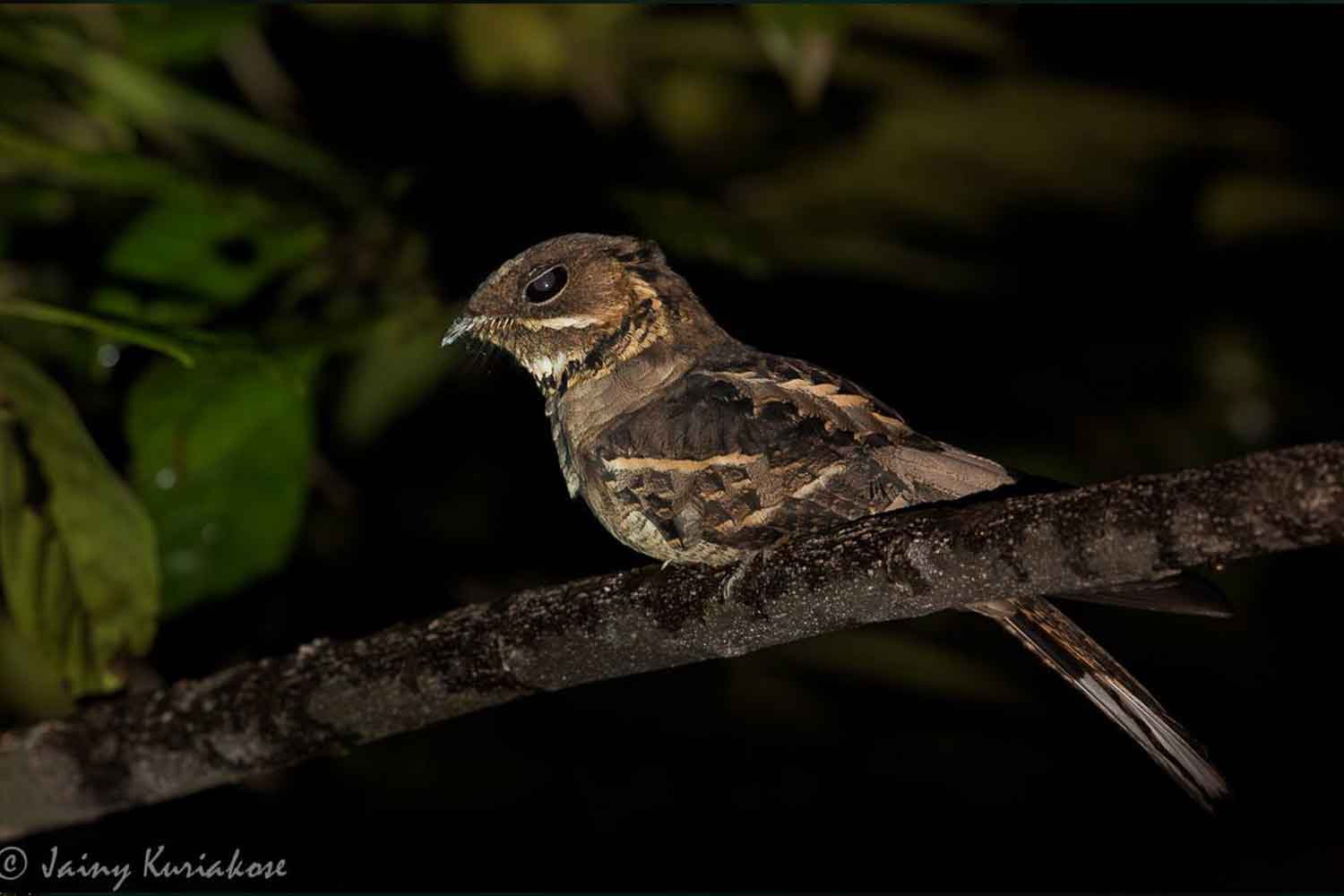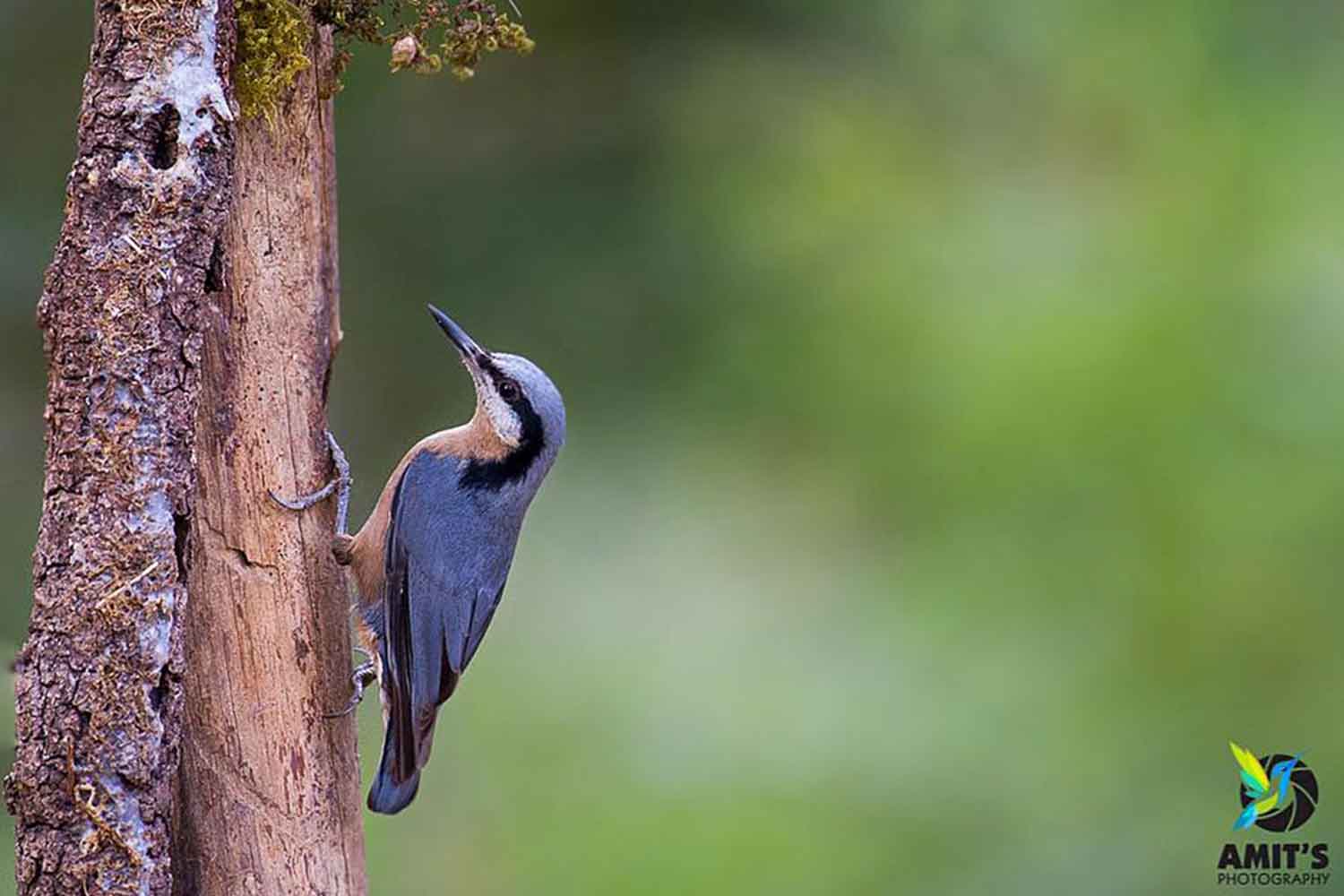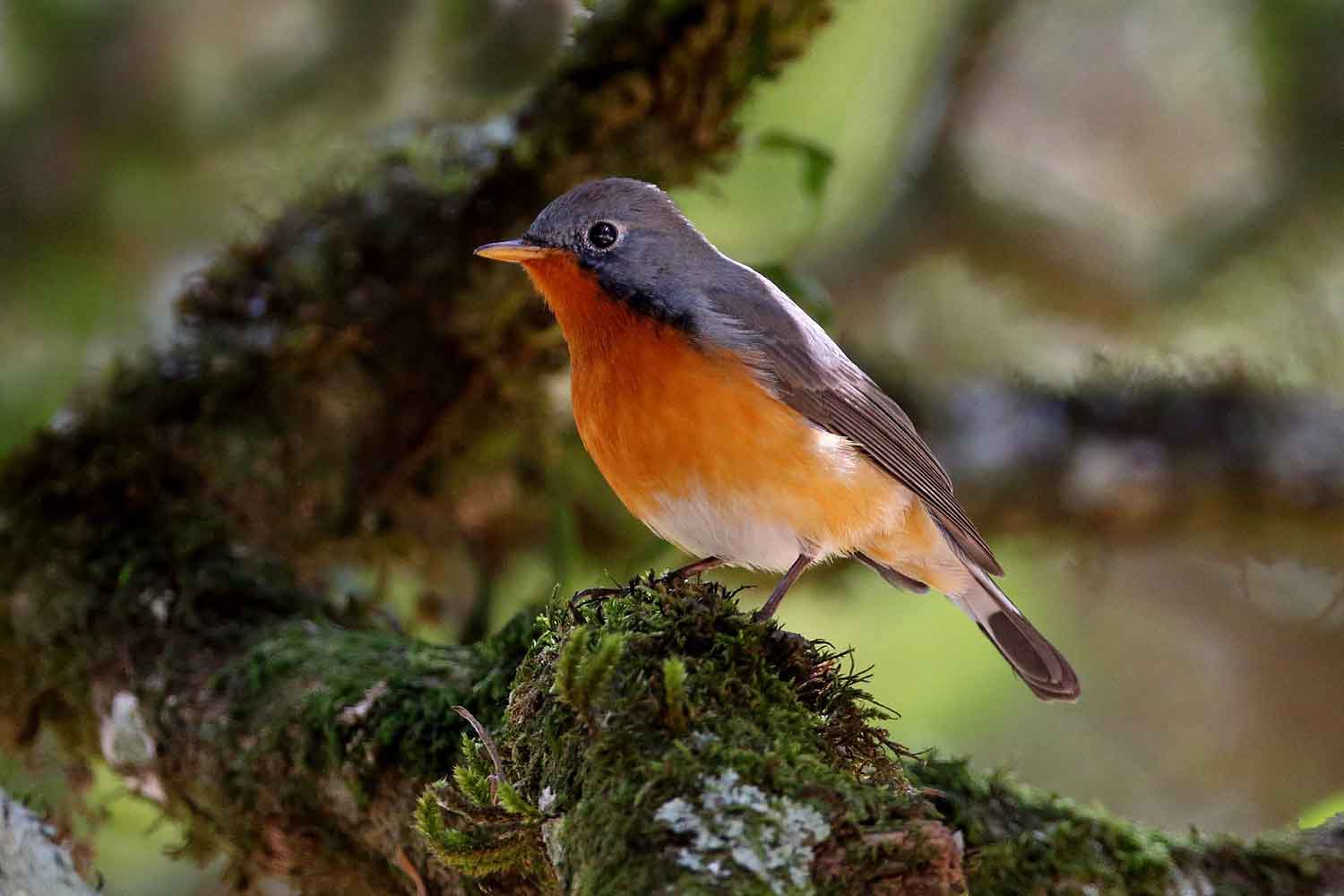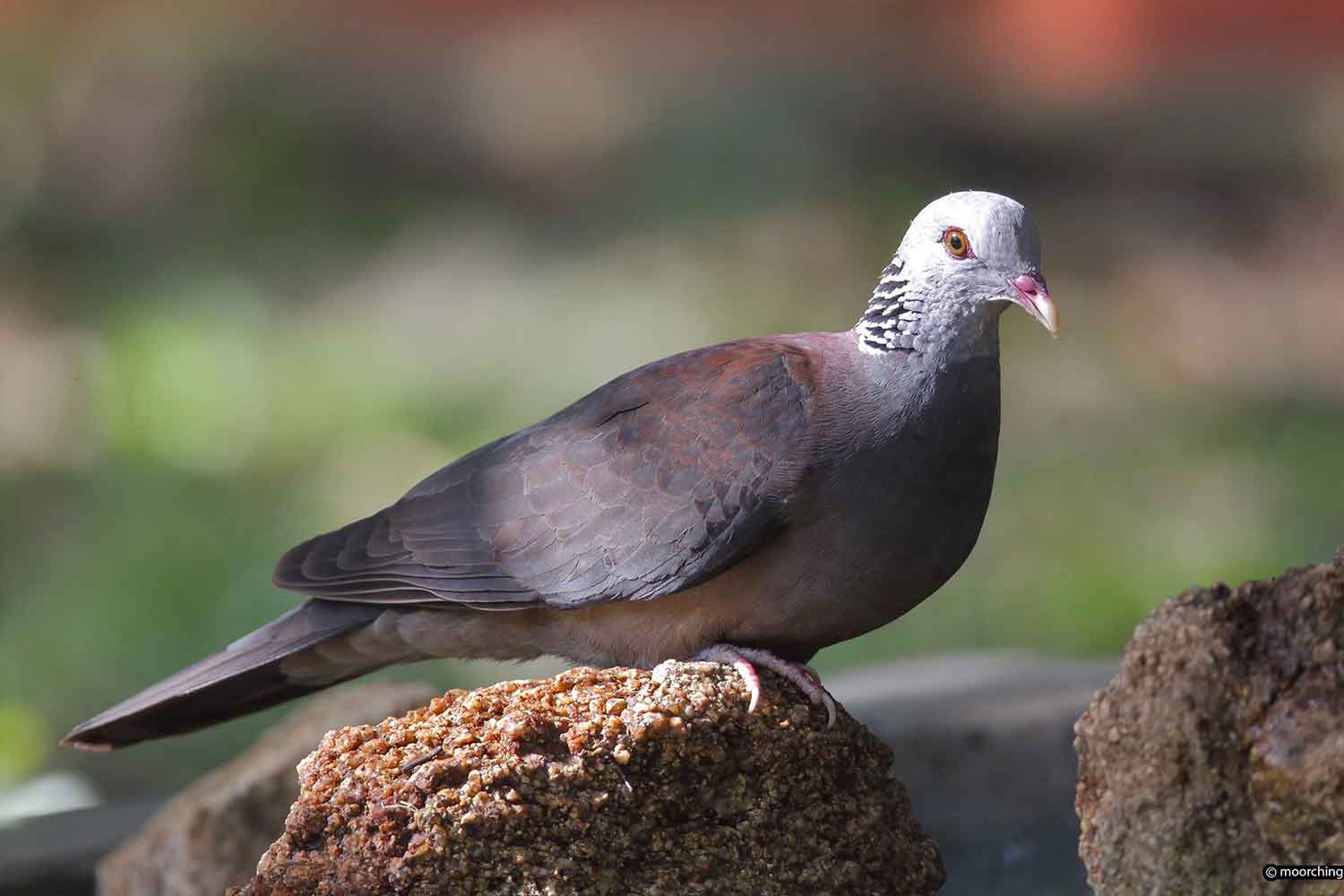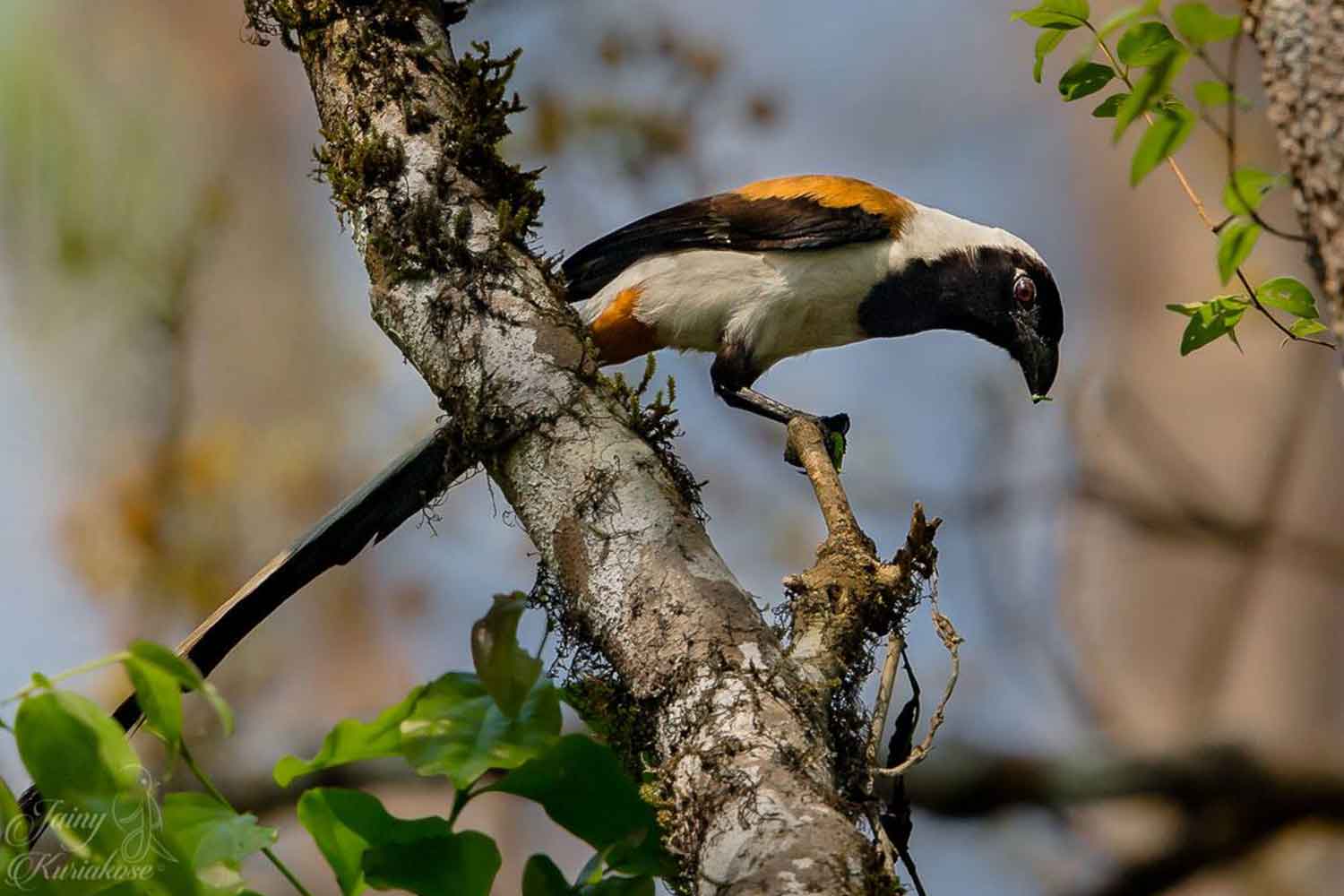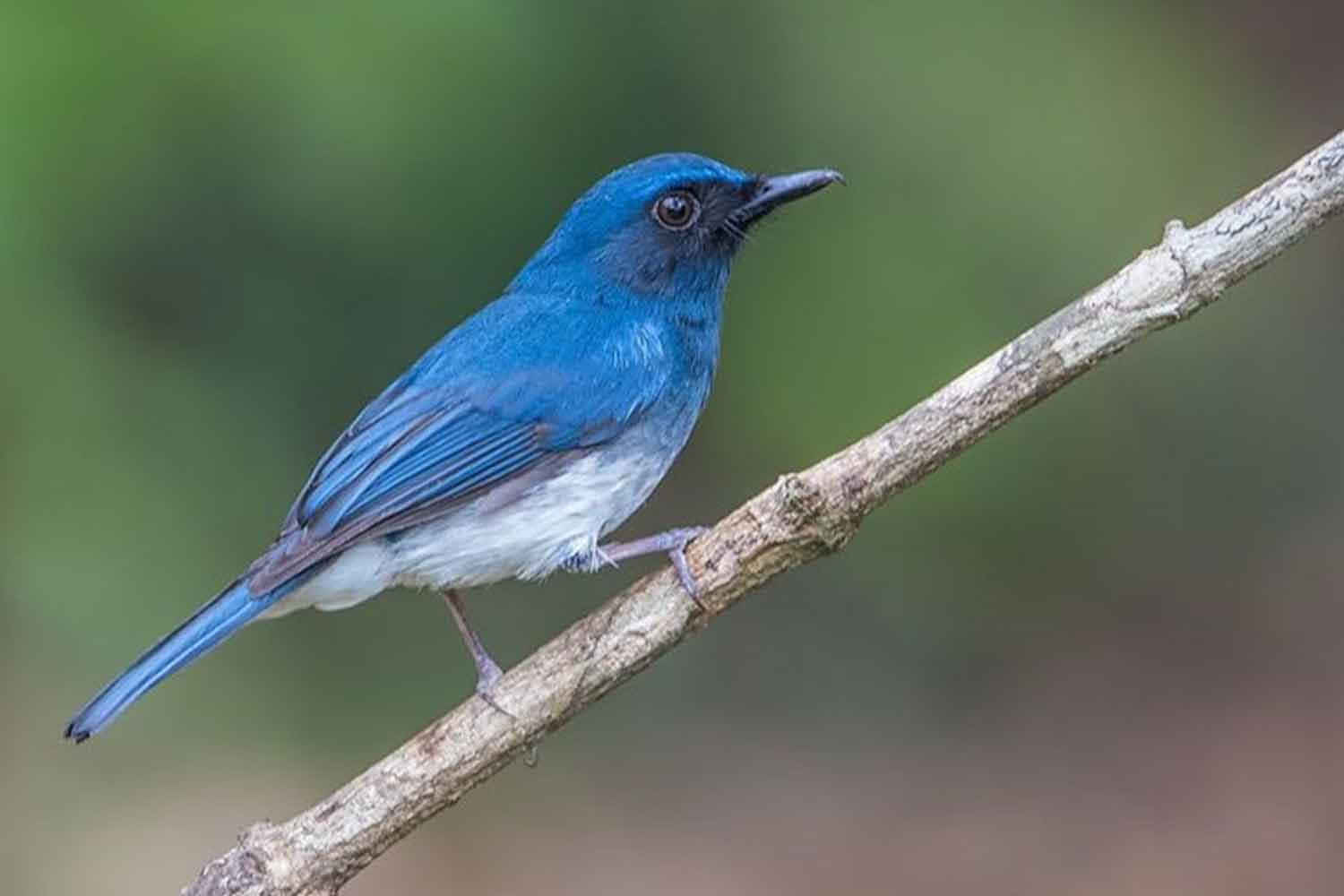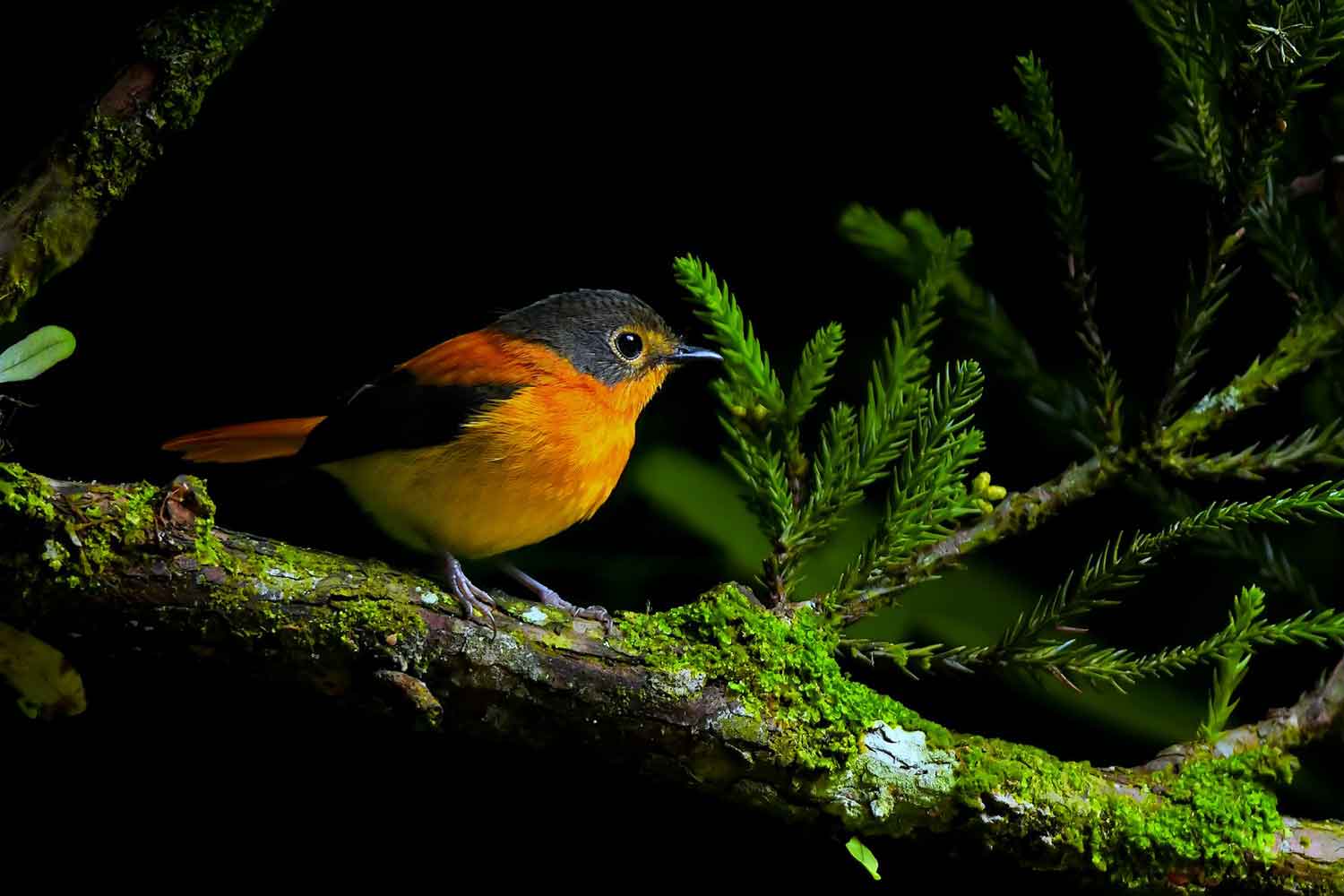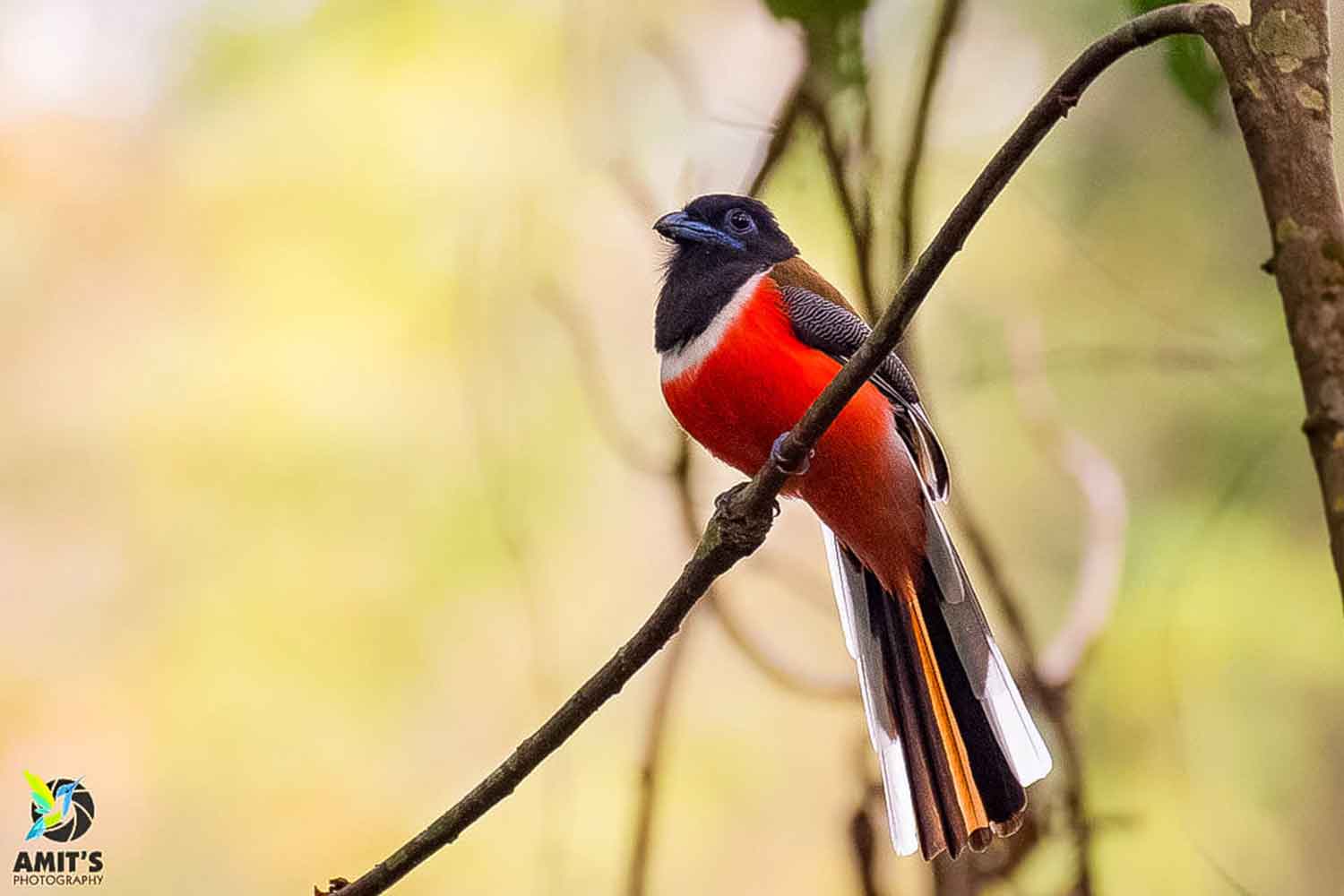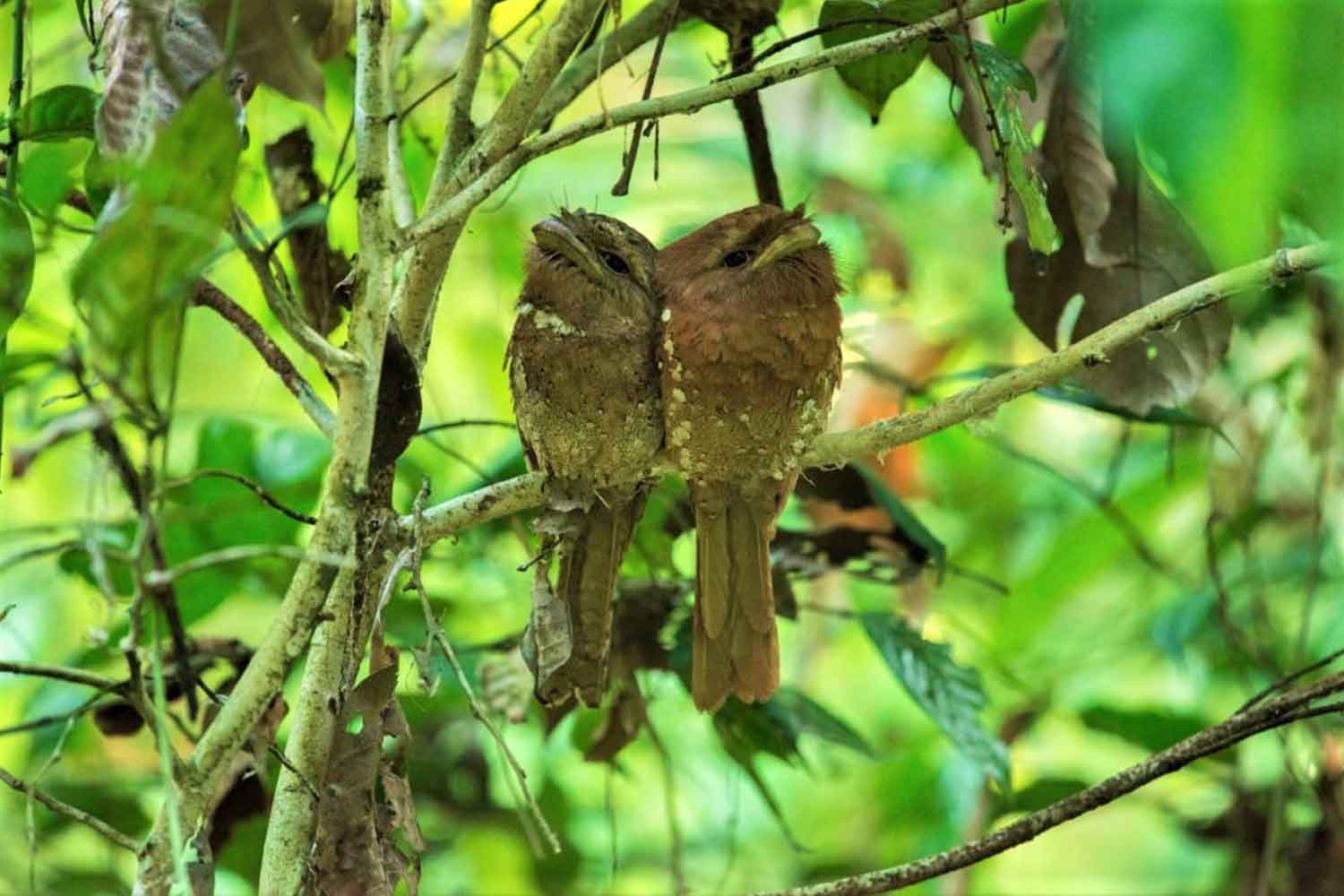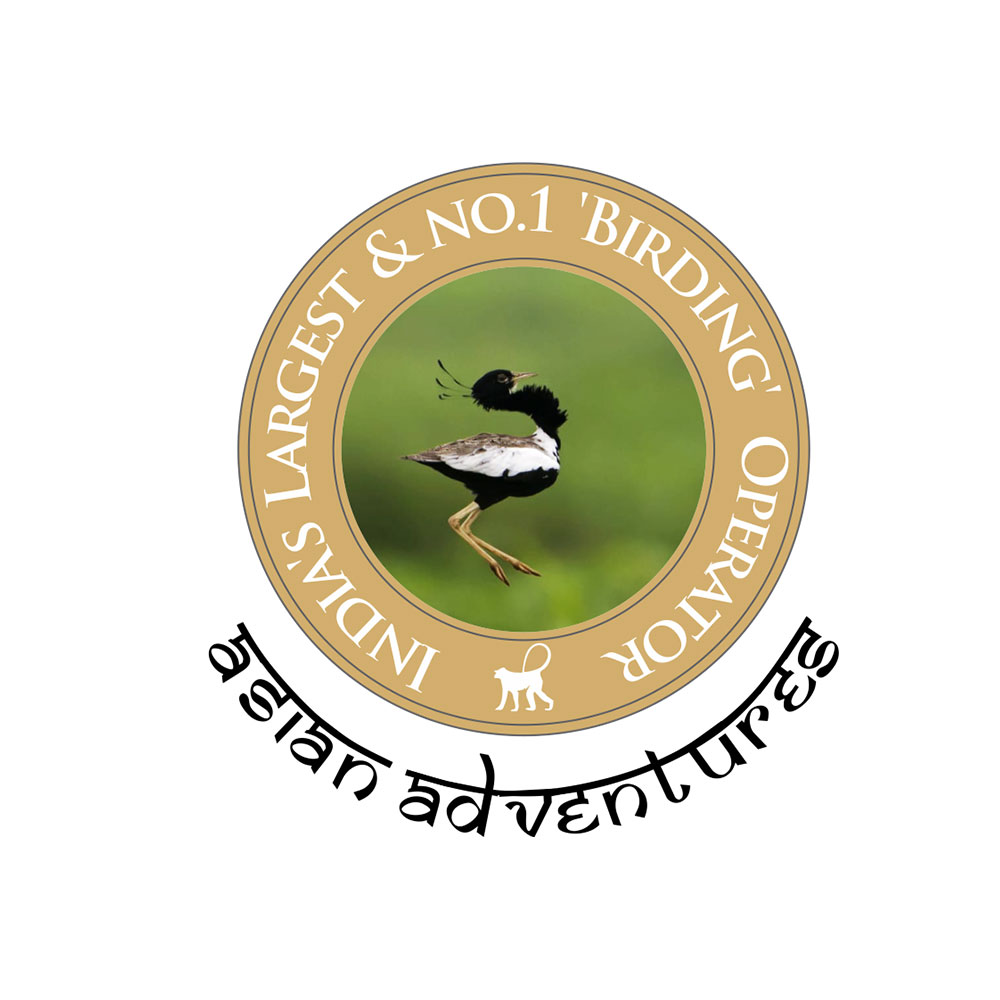Overview
The Western Ghats range of southwest India is naturally abundant with wildlife and is a paradise for birdwatchers, nature lovers, and photographers alike.
Apart from many large mammals, including Gaur, Asiatic Elephant, Tigers, and more, the region is best known among birdwatchers for the many South Indian endemics, plus many birds shared with Sri Lanka, such as Malabar Whistling Thrush, White-bellied Treepie, Malabar Barbet, and many more birds with Malabar and Nilgiri in their names!
However, not only is South India a region rich in wildlife, but it is also a region that faces many threats. On this specially-handcrafted tour, not only will you get the chance to explore the lush Edens of South India in search of these beautiful birds and animals, but you will also get the opportunity to learn about the conservation efforts being taken to protect their fragile habitats in detail.

Meals: on own
Accommodation: Hotel Green
Most international flights arrive into Bangalore in the early morning. Our journey today to the city of Mysore (Mysuru) will give us a couple of en-route birding stops, first at the Ramnagara Vulture Sanctuary where we will hopefully find some of the few remaining Indian Vultures in south India. This habitat of rocky, scrub-covered hills is good for Yellow-throated Bulbul: a bird that will be tough to find later if we don't see it here, and the distinctive local form of Long-billed Pipit.
We then continue to the Ranganathittu Bird Sanctuary on the Cauvery (Kaveri) River. A short boat ride is an excellent way of observing the colony of storks, egrets and cormorants, and we should also see Spot-billed Pelican, Painted Stork, Streak-throated Swallow, Great Thick-knee, River Tern and White-spotted Fantail.
Overnight stay.

Meals: Breakfast, Lunch & Dinner
Accommodation: Jungle Hut
The drive to Masinagudi will take approximately 3 hours, much of which is through Bandipur and Mudumulai National Parks, and provides lots of potential for en-route birds, although unfortunately we are not allowed to stop inside the National Parks. Outside though we will try a few brief stops, particularly where there is good dry scrub habitat which may produce species such as Yellow-wattled Lapwing, Jerdon's Bushlark, Blue-winged (Malabar) Parakeet, Small Minivet, Black-headed Cuckooshrike and Ashy-crowned Sparrow Lark.
Our accommodation at Jungle Hut in Masinagudi has excellent birding in its grounds where we can relax before visiting another nearby scrub habitat later in the afternoon.
Overnight stay

Meals: Breakfast, Lunch & Dinner
Accommodation: Jungle Hut
Today is a full day of birding in the excellent scrub habitat of Mudumalai, particularly in the Masinagudi area. The regionally scarce White-bellied Minivet will be a key target here, whilst we will also be searching for birds such as Red Spurfowl, Brown Fish Owl, Blue-faced Malkoha, Blue-bearded Bee-eater, White-naped Woodpecker, Indian Pygmy Woodpecker, Indian Nuthatch and Malabar Lark.
Overnight stay

Meals: Breakfast
Accommodation: Kluney Manor
After a final morning birding session in Masinagudi, we head to our next destination: Udagamandalam, more commonly known as Ooty, situated at an altitude of about 2,200m. Ooty was originally occupied by various hill tribes of the region, and later became a popular destination during the British colonial period. After independence, it has become a popular holiday destination due to its beautiful hills and forests, pleasant climate, and locally made chocolate!
Overnight stay.

Meals: Breakfast
Accommodation: Kluney Manor
We have a full day to bird various sites in the Ooty area, particular concentrating on remnant forest patches amongst the extensive tea estates. Key species here include Indian Blue Robin, Indian Blackbird, Nilgiri Sholakili (Nilgiri Blue Robin), Kashmir Flycatcher, Nilgiri Flycatcher, Black-and-orange Flycatcher, Tytler’s Leaf Warbler, Nilgiri Wood Pigeon and Painted Bush Quail.
Overnight stay.

Meals: Breakfast, Lunch & Dinner
Accommodation: Banyan Tree
Hopefully having seen most of Ooty’s specialities we will make an early start for Top Slip, in the Annamalai Hills. This is excellent forest habitat and we will look to find Indian Pitta, Emerald Dove, the scarce Grey-headed Bulbul, Malabar Starling, Brown-breasted Flycatcher and Thick-billed Warbler.
Overnight stay

Meals: Breakfast
Accommodation: Misty Mountain
Our drive to Munnar will take us through Chinnar Wildlife Sanctuary. This is one of the few dry scrub habitats in Kerala and gives us another chance of Yellow-throated Bulbul if we were unable to connect with that on our first day. One trail here follows the river where we have an outside chance of seeing the impressive Spot-bellied Eagle-Owl. Other species include Malabar Whistling Thrush, Brown Fish-owl, Western Crowned Leaf-warbler, Tickell’s Blue Flycatcher and Asian Paradise Flycatcher. We also hope to see our second Giant Squirrel of the trip, the restricted range Grizzled Giant Squirrel.
Before arriving at Munnar we’ll break for a tea stop at Karadippara, which provides an excellent vantage point across the extensive wooded valley. Species here might include Yellow-browed Bulbul, Crimson-backed Sunbird, Grey-fronted Green Pigeon (formerly Pompadour Green Pigeon), Malabar (Crimson-fronted) Barbet, Little Spiderhunter, Brown-cheeked Fulvetta and Rusty-tailed Flycatcher.
Overnight stay

Meals: Breakfast
Accommodation: Misty Mountain
Around Munnar, the pockets of the shola forest (the high-altitude montane forests amongst the grassland) and mountain grassland ecosystem are home to several endemic birds and various mammals including Nilgiri Tahr. The altitude above 1600 m means an agreeable climate throughout the year, although in December and January the temperatures can fall to single digits: a slight reminder of the European winter you may have escaped to come here! Rainfall of over 300 cm per year is recorded mainly during June to September, but in these cloud forests it can rain at any time of year. Here we will look for several more South Indian and Nilgiri Hills endemics.
Key species around Munnar include Palani (formerly Grey-breasted) Laughingthrush, White-bellied Sholakili (formerly a Blue Robin, and before that a Shortwing!), Nilgiri Pipit and, especially, Broad-tailed Grassbird: a fairly easy species to find in the monsoons but can be tough at this time of year.
Key species: Nilgiri Tahr, Malabar Barbet, Palani Laughingthrush, Nilgiri Pipit, White-bellied Blue Robin, Crimson-backed Sunbird, Nilgiri Wood Pigeon.
Overnight stay.

Meals: Breakfast
Accommodation: Crown Valley
After breakfast we will drive south to Periyar National Park, arriving before lunch.
Periyar has a wide variety of habitats including grassland, and dry deciduous and evergreen forest, and riverside scrub. Consequently, it has an excellent variety of species, including Brown-backed Needletail, Black Eagle, Besra, Mountain Imperial Pigeon, Yellow-browed Bulbul, Thick-billed Warbler, Asian Fairy Bluebird and Little Spiderhunter. Although fairly widespread in the Western Ghats one of the most difficult endemics to see is Wayanad Laughingthrush. Periyar is one of the most reliable places for it, but we will need to be very lucky to get good views of this fast-moving skulker.
Overnight stay.

Meals: Breakfast
Accommodation: Crown Valley
One of the highlights of Periyar is a jeep safari in the Gavi Forest, which gives us an excellent tour of the landscape of tropical forests, grasslands and sholas. As well as birds we hope to see some interesting mammals such as Lion-tailed Macaque, and there is a slight chance of coming across one of Periyar’s estimated 35 Tigers.
In the afternoon we will probably take a boat across the lake, which may well treat us to a family of Asian Elephants coming for a drink.
Overnight stay

Meals: Breakfast
Accommodation: Soma Birds' Lagoon
Today we leave Periyar and head back north to Thattekad Bird Sanctuary. An evergreen lowland forest, Thattekkad is located between the branches of the Periyar River, making for a perfect birding mix of forest and wetland habitats. Areas both inside and outside of the actual sanctuary are well-known as one of the best birding sites in the Western Ghats. Our afternoon birding might find Fork-tailed Drongo Cuckoo, Black-throated Munia, Red Spurfowl and, one of the specialities here, Black Baza. Late afternoon activity, particularly around a small drinking puddle, sometimes produces close views of some good passerine species, including Indian Blue Robin, Blue-throated and Tickell’s Blue Flycatchers, Puff-throated Babbler and Orange-headed Thrush. Brown-breasted Flycatcher, Malabar Trogon, Malabar Parakeet all occur locally.
Overnight stay

Meals: Breakfast
Accommodation: Soma Birds' Lagoon
Two full days of quality birding in Thattekkad will bring us plenty of species, and we’ll aim to find those Western Ghats birds that we may have missed up until now. A spot of night-birding could produce Great Eared as well as Jerdon’s Nightjar, and Spot-bellied Eagle Owl and Sri Lanka Bay Owl. These owls are difficult though: we will hope one of our local guides has managed to find a day roost for the latter, although even then they tend to use different sites every few days and our chances are slim!
Key species: Oriental Dollarbird, Indian Pitta, Malabar Woodshrike, Great Hornbill, Mountain Imperial Pigeon, Crested Goshawk, Blue-winged Parakeet, Jerdon’s Nightjar, White-bellied Blue Flycatcher, Blue throated Blue Flycatcher, Black-naped Oriole, Grey-headed Bulbul.
Overnight stay.

Meals: Breakfast
Accommodation: Soma Birds' Lagoon
Another full day birding at Thattekkad.
Overnight stay.

Meals: Breakfast
Accommodation: None
The final day of our tour is likely to still include some good birding before we head to Kochi for the flight home. Most international flights are in the evening so there is still time to complete any gaps in our list!
Of course, if you haven’t had your fill of India’s endemic birds then our short trip to the Andaman Islands is an ideal extension to this tour.
Highlights
Included
- Accommodation on twin sharing basis Meals as per the itinerary
- Birding at all the places as per the itinerary Dedicated Birding guide for full tour
- All park entrances Dedicated transport for full tour | All taxes
Video
Location
Stories
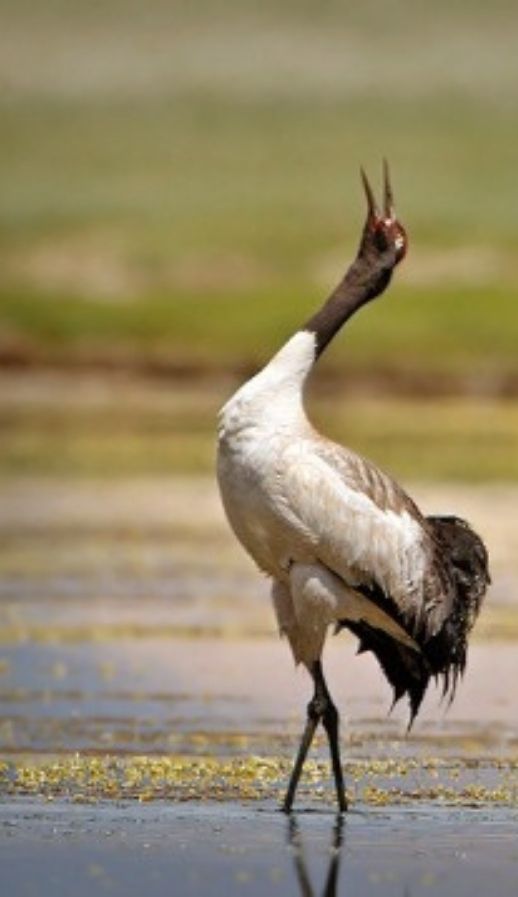
Ladakh
North India, the land of Ladakh, looks as though it was made for birdwatching and photography.

Gir National Park Gujarat
Sometimes it is not just the species spotted but also the amazing moments. Some of our guests had the unique opportunity to witness the mating of Asiatic Lions in the Gir Forest, truly a special moment.

Delhi
Surajpur is an amazing wetland close to the nation’s capital. Apart from being one of the monsoon homes for the Bristled Grassbird, it is also home to another sought-after species: the Bengal Bush Lark.

Rajasthan
One advantage of living near the birding hotspot of Bharatpur is that you can see some amazing birds, like the graceful Sarus Crane, in your backyard during this lockdown


